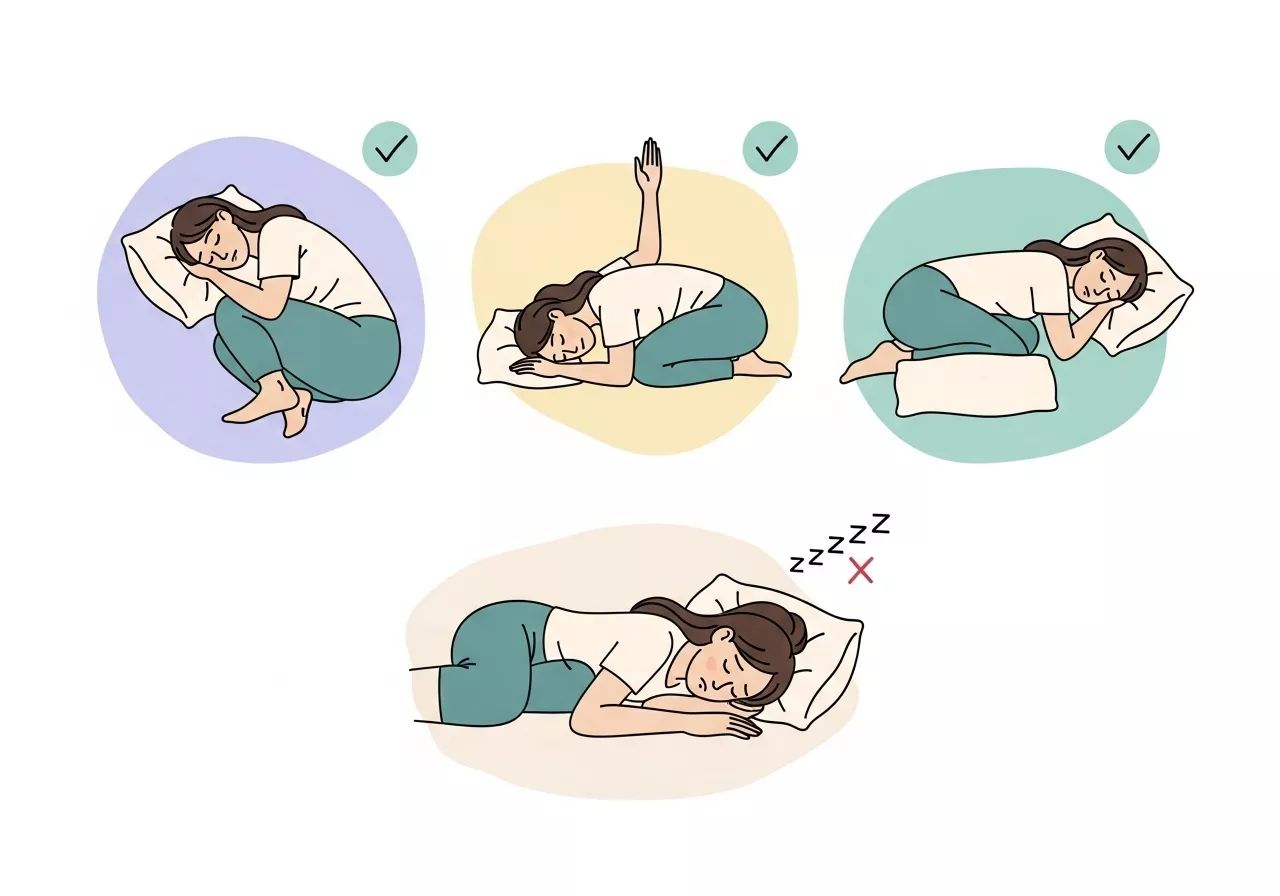Asana, a term derived from the Sanskrit word meaning “seat,” forms the cornerstone of physical practice in yoga.
While many associate yoga with its physical postures, asanas are only one aspect of this ancient discipline.
In traditional yoga, these poses were designed to prepare the body for meditation by promoting physical stability, comfort, and endurance.

Today, asanas have evolved into a comprehensive system that supports flexibility, strength, and mental well-being.
This article explores the origins, benefits, types, and modern significance of asana in yoga practice.
What is Asana?
In its simplest definition, asana refers to the physical postures practiced in yoga. According to ancient texts like the Yoga Sutras of Patanjali, asanas were originally developed to enable practitioners to sit comfortably for long periods during meditation.
The emphasis was on finding a stable and comfortable position that allowed the mind to focus and achieve stillness.
Over time, the scope of asanas expanded to include dynamic poses that engage the entire body, fostering strength, flexibility, and balance.
While modern yoga often emphasizes these physical movements, the deeper purpose of asanas remains rooted in uniting the body, mind, and spirit.
Benefits of Asana Practice

Practicing asanas offers a wide range of physical, mental, and spiritual benefits:
1. Improves Physical Health
- Enhances flexibility by stretching muscles and connective tissues.
- Builds strength in key muscle groups, including the core, legs, and arms.
- Improves posture and spinal alignment, reducing back pain and tension.
2. Boosts Mental Clarity and Emotional Balance
- Promotes mindfulness by encouraging focus on breath and movement.
- Reduces stress and anxiety by calming the nervous system.
- Enhances emotional resilience, helping practitioners navigate daily challenges.
3. Supports Digestive and Hormonal Health
- Certain poses, such as twists and forward bends, stimulate digestive organs, improving metabolism and reducing bloating.
- Balances hormonal levels by stimulating the endocrine system.
4. Prepares the Body for Meditation
- Creates physical stability and reduces discomfort, making it easier to sit for extended periods.
- Aligns the body with the breath, fostering a meditative state.
Types of Asanas

Asanas can be categorized into various types, each focusing on specific physical and mental benefits:
1. Standing Poses
- Examples: Mountain Pose (Tadasana), Warrior Poses (Virabhadrasana I & II).
- Benefits: Build strength and balance while improving posture and stability.
2. Seated Poses
- Examples: Lotus Pose (Padmasana), Seated Forward Bend (Paschimottanasana).
- Benefits: Enhance flexibility in the hips and hamstrings, supporting meditation.
3. Backbends
- Examples: Cobra Pose (Bhujangasana), Bridge Pose (Setu Bandhasana).
- Benefits: Open the chest and shoulders, strengthening the spine and improving energy flow.
4. Twists
- Examples: Half Lord of the Fishes Pose (Ardha Matsyendrasana), Reclined Spinal Twist.
- Benefits: Detoxify the organs and improve spinal flexibility.
5. Balancing Poses
- Examples: Tree Pose (Vrksasana), Dancer Pose (Natarajasana).
- Benefits: Develop focus, stability, and core strength.
6. Inversions
- Examples: Downward Dog (Adho Mukha Svanasana), Shoulder Stand (Sarvangasana).
- Benefits: Stimulate circulation and provide a new perspective by reversing blood flow.
How to Practice Asanas Safely
Practicing asanas safely ensures that you can enjoy their full benefits while minimizing the risk of discomfort or injury.

Yoga is a personal journey, and prioritizing your well-being is essential for a sustainable and rewarding practice. Here’s a detailed guide to practicing asanas safely:
1. Listen to Your Body
- Pay Attention to Sensations: Yoga should never cause sharp pain or discomfort. Distinguish between a healthy stretch and a strain, and avoid pushing past your limits.
- Respect Your Boundaries: Each body is unique, and factors like flexibility, strength, and mobility vary. Accept where you are in your practice and progress gradually.
2. Focus on Proper Alignment
- Maintain Neutral Postures: Proper alignment is crucial to prevent strain on joints, muscles, and ligaments.
For example, in Warrior II (Virabhadrasana II), ensure your front knee stays directly above your ankle to protect the joint. - Use Mirrors or Feedback: Practicing in front of a mirror or working with an instructor can help you identify and correct misalignments.
3. Use Props to Support Your Practice
- Blocks: Place blocks under your hands in poses like Triangle (Trikonasana) or Downward Dog (Adho Mukha Svanasana) to bring the floor closer and reduce strain.
- Straps: Extend your reach in poses like Seated Forward Fold (Paschimottanasana) by looping a strap around your feet, maintaining proper spine alignment.
- Bolsters and Cushions: Use bolsters in restorative poses to support your body, especially in backbends or seated poses.
4. Synchronize Movement with Breath
- Coordinate Breath and Motion: Inhale during upward or expansive movements (like lifting arms), and exhale during downward or contracting movements (like forward bends). This synchronization promotes relaxation and focus.
- Avoid Holding Your Breath: Especially in challenging poses, ensure you continue breathing deeply to oxygenate your muscles and calm your mind.
5. Warm Up Before Intense Poses
- Prepare Your Body: Engage in gentle stretches or dynamic movements like Cat-Cow (Marjaryasana-Bitilasana) to warm up your muscles and joints before attempting deeper poses.
- Avoid Jumping into Advanced Asanas: Gradually progress to challenging postures to prevent overstretching or injury.
6. Modify Poses as Needed
- Adjust for Comfort: For example, in Child’s Pose (Balasana), widen your knees if your belly feels compressed, or place a bolster under your hips for support.
- Reduce Depth in Stretches: If a pose feels too intense, focus on maintaining alignment while reducing the depth of the stretch.
7. Mind Transitions Between Poses
- Move Mindfully: Pay attention to how you transition between poses to avoid sudden movements that may cause strain.
- Engage Your Core: Activating your core muscles during transitions helps stabilize your body and protects your spine.
8. Practice in a Safe Environment
- Choose a Comfortable Space: Ensure your practice area is free from obstacles, and use a non-slip yoga mat to prevent slipping.
- Wear Appropriate Clothing: Opt for stretchy, breathable clothing that allows free movement without restricting circulation.
9. Stay Hydrated and Rest When Needed
- Drink Water: Keep your body hydrated, especially if practicing in a warm environment or engaging in vigorous styles like Vinyasa.
- Take Breaks: Listen to your body and rest in poses like Child’s Pose whenever you need to recharge during practice.
10. Seek Guidance from a Qualified Instructor
- Attend Classes: Beginners should consider attending yoga classes with certified instructors to learn proper techniques and modifications.
- Ask Questions: Don’t hesitate to ask for adjustments or explanations if a pose feels unclear or uncomfortable.
11. Understand Your Unique Needs
- Account for Health Conditions: If you have specific concerns like back pain, joint issues, or medical conditions, consult your doctor before starting yoga. Inform your instructor to receive tailored modifications.
- Be Mindful During Pregnancy: Prenatal yoga offers specialized guidance for pregnant individuals, with adjusted poses to ensure safety and comfort.
Practicing asanas safely is about balancing effort and ease, allowing you to enjoy the physical and mental benefits of yoga without risking injury.
By listening to your body, using props, and focusing on alignment, you can create a yoga practice that supports your well-being and promotes steady progress.
Modern Relevance of Asanas
In today’s fast-paced world, asanas provide a sanctuary for physical and mental well-being.
While some practitioners focus on their physical benefits, others use them as a gateway to deeper spiritual practices.
Regardless of your approach, incorporating asanas into your daily routine can enhance your overall quality of life.
Asanas are more than just physical postures—they are tools for self-discovery and transformation.
By practicing with intention and mindfulness, you can experience their profound effects on both body and mind.
Whether you’re a beginner or an experienced yogi, embracing the art of asanas allows you to connect more deeply with yourself and the present moment.



